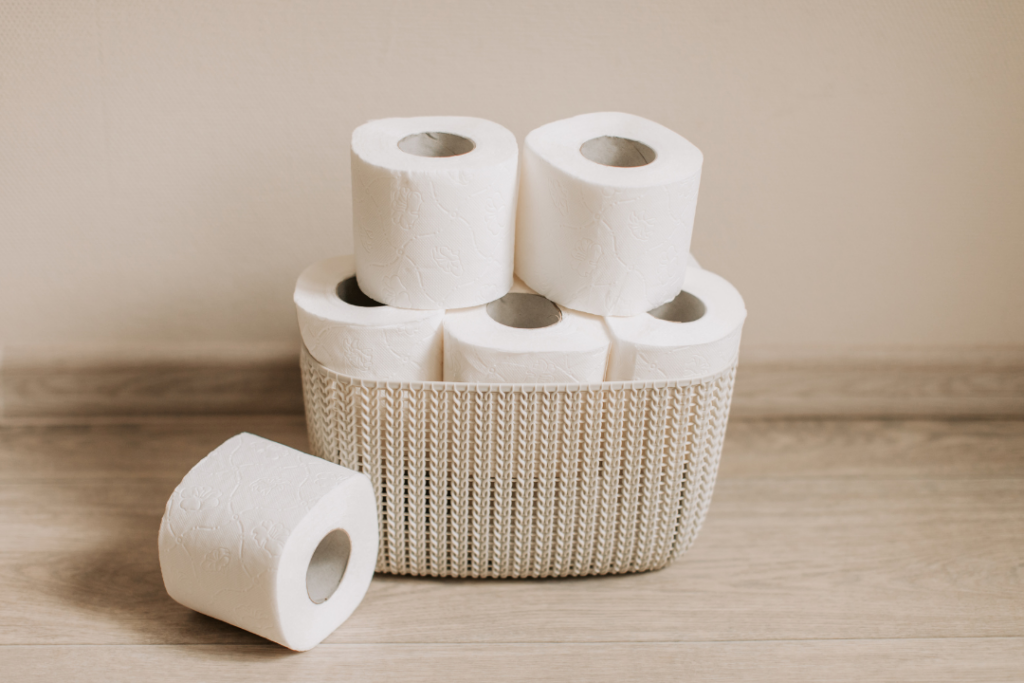Author: Jake Robinson, Paediatric Occupational Therapist
4 min read
Toilet training is a significant developmental milestone, and respecting your child’s unique readiness, sensory preferences, and developmental journey is key. By embracing their individual pace and providing a supportive environment, you can help make this transition smoother. In this guide, we’ll explore selecting the right equipment, understanding body positioning, using visual aids, and establishing routines that align with your child’s developmental needs.

1. Choose Equipment That Supports Your Child’s Independence
Creating a child-friendly toileting environment encourages autonomy and reduces anxiety. Here are some practical tips:
- Smaller toilet seats: When transitioning to an adult toilet, using a smaller seat insert can offer your child stability and comfort, ensuring they feel secure.
- Step stools: A step stool helps your child climb up independently and provides foot support while seated, contributing to a sense of control and comfort.
2. Respect the Role of Body Positioning
Body positioning plays a critical role in ensuring comfort during toilet training. Maintaining the correct posture helps ease the process:
- 90-degree angles: Aim for your child’s knees and ankles to form 90-degree angles when seated. This promotes relaxation of the pelvic floor muscles, which can make passing urine or stool easier.
- Foot support: Using a step stool to support your child’s feet enhances their stability and confidence, reducing the fear of unsteady or dangling feet.
3. Use Visual Aids to Empower Your Child
Children thrive with clear and structured guidance. Visual aids can break down the toileting process in a simple, accessible way:
- Visual schedules: Create a visual step-by-step guide that includes tasks such as pulling down pants, sitting on the toilet, wiping, flushing, and washing hands. These guides reduce uncertainty and offer reassurance, empowering children to follow a predictable routine.

4. Develop a Consistent Routine
A consistent routine helps your child feel secure and reinforces their ability to recognise their body’s cues. Integrating toileting into daily activities promotes predictability:
- Morning routine: Encourage your child to use the toilet first thing in the morning.
- After meals: Children often need the toilet after eating, so offer gentle reminders during this time.
- Before bed: Establish a bedtime toileting routine to reduce nighttime accidents and provide comfort before sleep.
5. Recognise Your Child’s Cues
Toilet training is more successful when you pay attention to your child’s cues. Common signs of readiness include:
- Seeking privacy: Some children retreat to a quiet space when they feel the need to use the toilet.
- Facial expressions: Concentration or discomfort on their face can indicate a need to go.
- Fidgeting: Shifting from foot to foot may be a sign that your child needs the toilet.
- Grabbing at pants: Some children pull at their diaper or pants when they feel the urge.
By recognising these cues, you can support your child’s journey with patience and understanding.
6. Occupational Therapy and Toilet Training
For children who need extra support, Occupational Therapists (OTs) can be valuable partners in toilet training. OTs take a holistic approach to help children develop the skills needed for toileting success:
- Creating tailored plans: Based on your child’s individual needs, OTs develop personalised, step-by-step plans that align with their developmental stage.
- Assessing readiness: OTs evaluate your child’s motor skills, sensory preferences, and cognitive development to determine readiness.
- Supporting motor skills: If your child struggles with tasks like pulling down pants or sitting independently, OTs can provide targeted strategies to build these skills.
- Managing sensory differences: For children with sensory sensitivities, tasks like using toilet paper or hearing the flush can be overwhelming. OTs help children manage these differences and create a more comfortable experience.
Toilet training is a developmental process that benefits from patience, consistency, and a child-centred approach. By selecting the right equipment, focusing on body positioning, using visual aids, and establishing a routine that fits your child’s unique needs, you can help them navigate this transition with confidence. For children facing challenges, Occupational Therapy offers personalised support to ensure a positive and respectful toilet training experience.
With time, understanding, and the right tools, your child will gain independence in toileting when they are ready, at their own pace.
If you feel like your child is struggling with toilet training, talk to an occupational therapist for further guidance. Contact MoveAbout today. Check out our Facebook and Instagram pages for more education regarding toilet training, sensory processing, and regulation.
GET IN TOUCH

